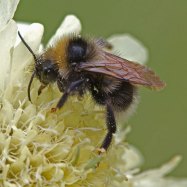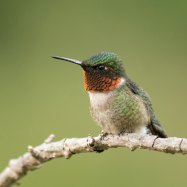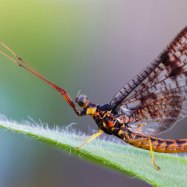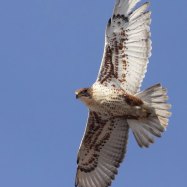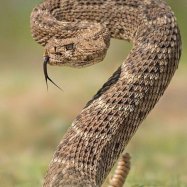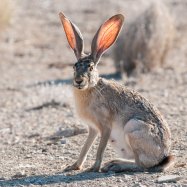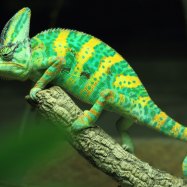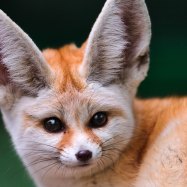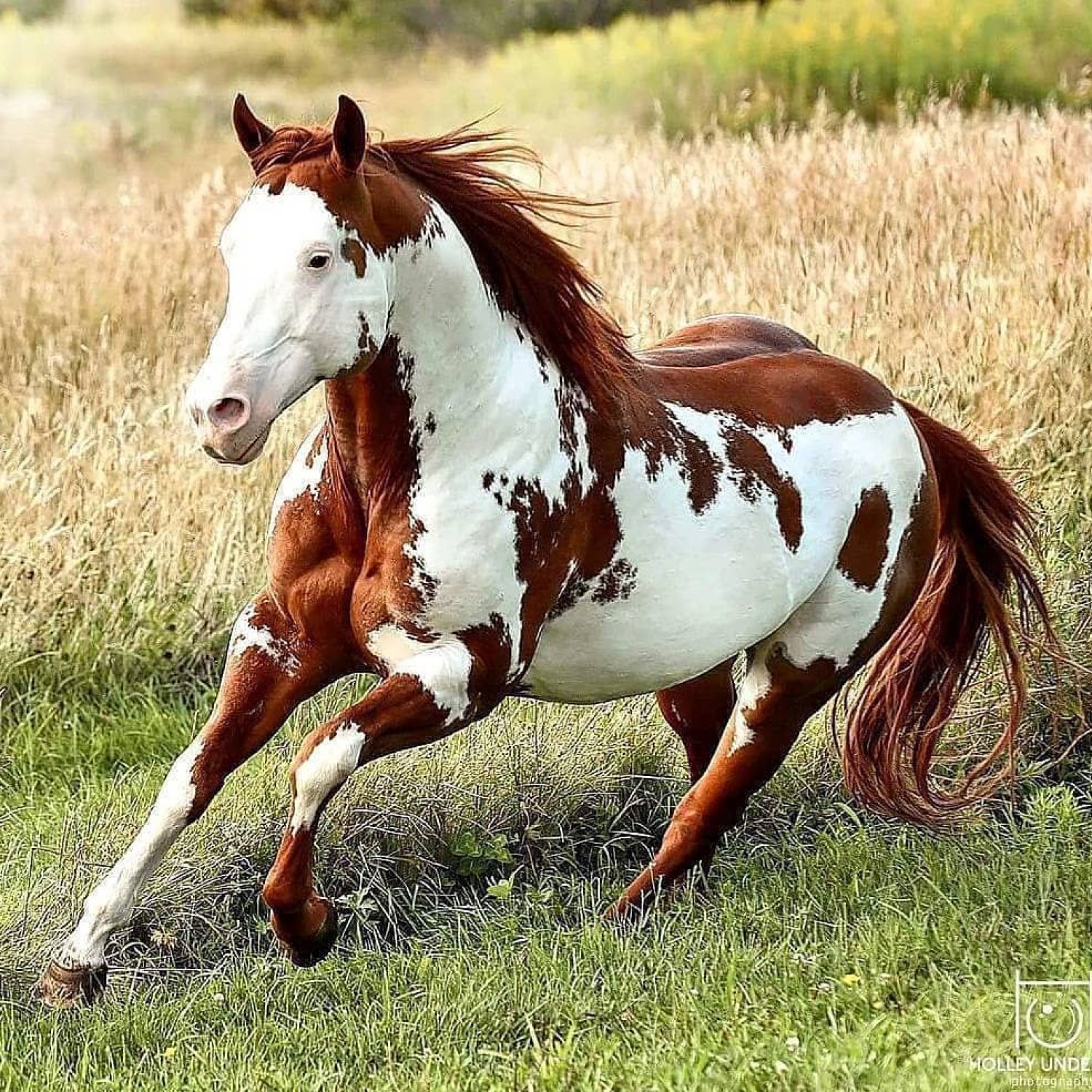
Horse
Depends on the breed, ranging from 1.4 to 2.2 meters
Horses are magnificent animals known for their strength, grace, and speed. The average length of a horse varies depending on the breed, ranging from 1.4 to 2.2 meters. These majestic creatures can be found all over the world, from the Arabian desert to the rolling hills of the Scottish Highlands. With their large, muscular bodies, long legs, and short tails, horses have evolved to be perfectly suited for running, jumping, and carrying humans.
Animal Details Summary:
Common Name: Horse
Kingdom: Animalia
Habitat: Grasslands, savannas, and forests
The Graceful and Mighty Horse: A Majestic Creature of Nature
Horses have been a part of human history for centuries, and their powerful presence and elegant demeanor continue to captivate us to this day. These magnificent creatures are more than just a means of transportation or a symbol of wealth and status, they are a testament to the incredible diversity and beauty of nature.Scientifically known as Equus ferus caballus, horses are classified under the kingdom Animalia, phylum Chordata, class Mammalia, and order Perissodactyla. They belong to the family Equidae, which also includes zebras and donkeys Horse. Horses are one of the most widely distributed mammals in the world, inhabiting various environments and adapting to different lifestyles. Let's delve deeper into the fascinating world of horses and discover what makes them such an extraordinary animal.
Habitat and Distribution
Horses can be found in a variety of habitats such as grasslands, savannas, and forests. Their highly adaptable nature allows them to thrive in a diverse range of environments, from the rocky mountains to the tropical rainforests. However, the majority of horses are domesticated and can be found in countries all around the world.The origin of horses is still a topic of debate among scientists. Some believe that they originated in Asia, while others claim they originated in North America. However, it is generally accepted that they were domesticated around 4000 BC, and their domestication spread rapidly to various parts of Europe, Asia, and Africa.
Today, horses can be found in almost every country on all seven continents, with the exception of Antarctica House Finch. Countries such as the United States, China, Mexico, and Brazil are some of the top horse-producing nations, with millions of horses being bred and raised for various purposes. Horses are also popular pets, and many people keep them at home for recreational purposes, such as horseback riding and racing.
Physical Characteristics
Horses are known for their stunning appearance, with a large, muscular body, long legs, and a short tail. They come in various colors, including black, bay, chestnut, and gray, making them one of the most visually diverse animals. Their coat texture can also vary from smooth to curly, depending on the breed and individual horse.Apart from their physical appearance, horses are also characterized by their long mane and forelock, which adds to their majestic appearance. The average length of a horse can range from 1.4 to 2.2 meters, depending on the breed. They can weigh anywhere between 380 to 1,000 kilograms, with some breeds, such as the Shire Horse, being even heavier than that.
Their vision is also a unique aspect of their physical characteristics. Horses have excellent eyesight and can detect motion from a distance of over a mile. They also have a wide field of vision, with an ability to see almost 360 degrees without even turning their head. This is an essential survival skill in the wild, as they can detect potential predators quickly.
Adaptability and Diet
As mentioned earlier, horses are highly adaptable creatures, making them well-suited for different environments and lifestyles. They can survive in harsh, cold climates and thrive in hot and humid ones. This adaptability stems from their natural diet, which mainly consists of grass and hay.Being herbivorous animals, horses have evolved to convert the structural carbohydrates found in grass and hay into energy quickly. This is why they can travel long distances and perform demanding tasks without getting tired easily. However, horses are also known to enjoy treats such as carrots, apples, and even bread, making them quite a versatile eater.
Behavior and Social Habits
Horses are social animals and prefer living in herds, although some domesticated horses are kept alone or in pairs. Being highly social creatures, they have developed complex communication skills, using a combination of body language, vocalizations, and scents to communicate with one another.Their natural instinct to follow a leader and their strong herd hierarchy plays a significant role in their behavior. They are highly intelligent animals, capable of recognizing and remembering patterns, routines, and even faces. This makes them well-suited for tasks such as herding, racing, and show jumping, where they need to follow specific commands.
The Connection between Humans and Horses
The bond between humans and horses dates back to thousands of years, and it is a relationship that continues to grow and evolve. From being used as a mode of transportation to being an essential part of sports and recreation, horses have become an integral part of human societies all around the world.Horses have been domesticated for various purposes such as transportation, agriculture, war, and sports. However, one aspect that has remained unchanged is the human fascination and admiration for these majestic creatures. Horses have featured in many works of art, literature, and mythology, and they continue to inspire us with their strength, grace, and beauty.
The bond between a horse and its rider is also something remarkable. The trust and mutual understanding between the two can lead to a powerful partnership, as seen in activities such as horseback riding, rodeo, and polo. Horses are also known to provide emotional support and therapy to individuals, especially those with mental health issues or disabilities.
The Future of Horses
As human activities continue to have a significant impact on the planet, the future of horses and other animals is a cause for concern. While domesticated horses have a relatively stable population, wild horses face various threats such as habitat loss, competition for resources, and illegal poaching.Fortunately, there are many organizations and initiatives in place to protect and conserve wild horses. Governments and conservationists work together to prevent further loss of habitat and to establish protected areas for these animals to thrive in their natural environment. There are also laws and regulations in place to prevent the illegal trade of horses and their products.
In Conclusion
In conclusion, horses are not just a monumental animal; they are a symbol of the incredible diversity and adaptability of nature. From their stunning appearance to their intelligence and emotional connection with humans, they are truly a unique and remarkable species. Their presence in our lives has left an indelible mark, and it is up to us to ensure that they continue to thrive and inspire future generations.

Horse
Animal Details Horse - Scientific Name: Equus ferus caballus
- Category: Animals H
- Scientific Name: Equus ferus caballus
- Common Name: Horse
- Kingdom: Animalia
- Phylum: Chordata
- Class: Mammalia
- Order: Perissodactyla
- Family: Equidae
- Habitat: Grasslands, savannas, and forests
- Feeding Method: Herbivorous
- Geographical Distribution: Worldwide
- Country of Origin: Unknown (domesticated)
- Location: Various countries
- Animal Coloration: Various colors including black, bay, chestnut, and gray
- Body Shape: Large, muscular body with long legs and a short tail
- Length: Depends on the breed, ranging from 1.4 to 2.2 meters
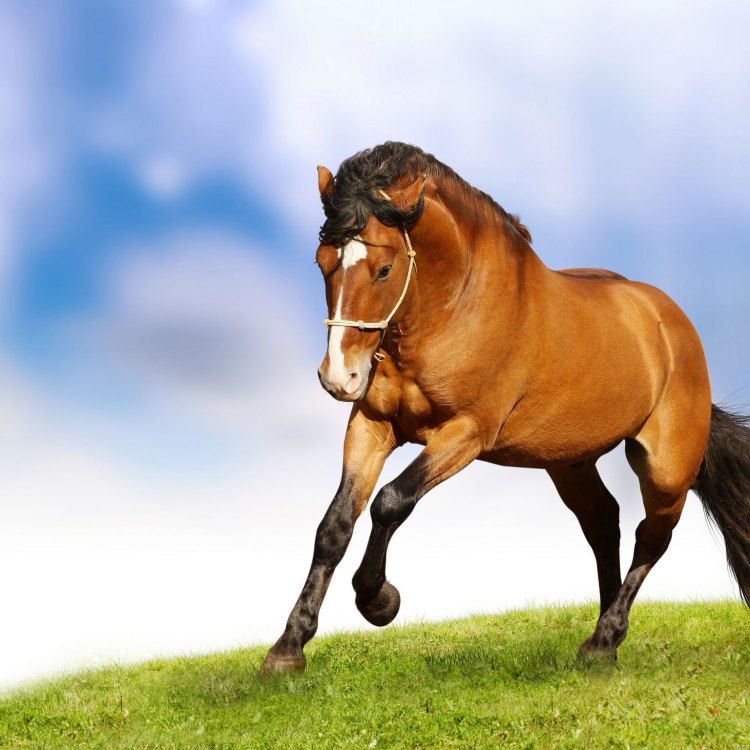
Horse
- Adult Size: Depends on the breed, ranging from 1.4 to 2.2 meters
- Average Lifespan: 25 to 30 years
- Reproduction: Sexual
- Reproductive Behavior: Polygynous
- Sound or Call: Neigh
- Migration Pattern: Non-migratory
- Social Groups: Herds
- Behavior: Social, intelligent, and curious
- Threats: Habitat loss, poaching, and overgrazing
- Conservation Status: Domesticated (feral populations exist)
- Impact on Ecosystem: Important for grazing and seed dispersal
- Human Use: Riding, transportation, racing, and agriculture
- Distinctive Features: Long legs, hooves, and mane
- Interesting Facts: Horses have a large blind spot directly behind them, they sleep both lying down and standing up, and their hooves are made of keratin, similar to human fingernails.
- Predator: Few natural predators, but can be preyed upon by large carnivores such as lions and wolves
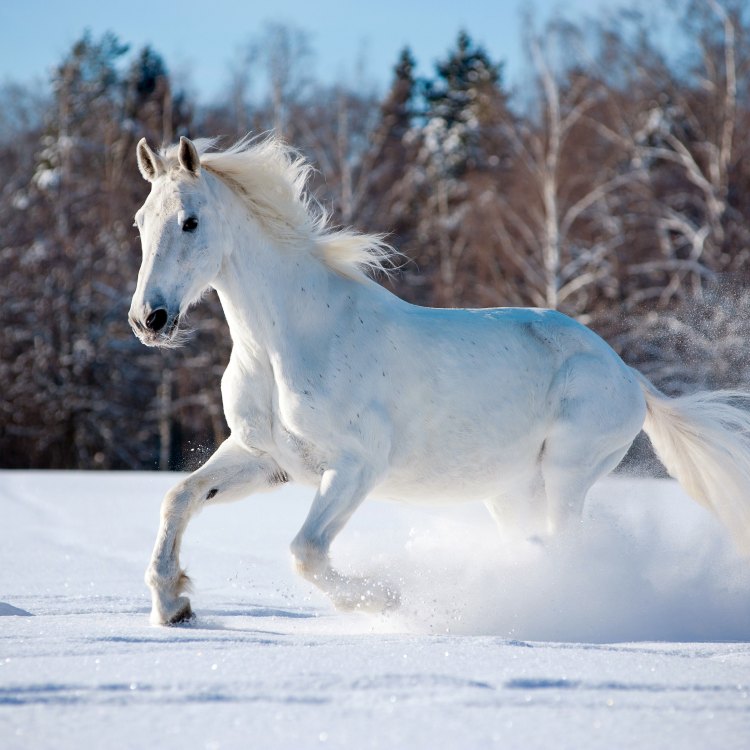
Equus ferus caballus
The Magnificent Horse - A Creature of Strength and Grace
The horse, a majestic and powerful animal, has been a companion to humans for thousands of years. From being used in transportation and agricultural work to being a source of recreation and sport, horses continue to hold a significant role in our lives. Not only are they beautiful to look at, but they also possess unique physical and behavioral characteristics that make them truly one of a kind. In this article, we will dive deeper into the world of horses and explore what makes them such fascinating creatures PeaceOfAnimals.Com.Horse, scientifically known as Equus ferus caballus, belongs to the family Equidae, which also includes zebras and donkeys. They are large, herbivorous mammals with an adult size that varies depending on the breed, ranging from 1.4 to 2.2 meters. They can weigh anywhere between 380 to 1,000 kilograms. The average lifespan of a horse is 25 to 30 years, with some breeds living even longer.
Reproduction in horses is sexual, with males and females coming together during breeding season. Interestingly, horses are polygynous, meaning males can mate with multiple females. This behavior is common in species where males have the ability to provide resources, such as defending territory, to attract multiple mates Havashire.
Horses communicate with one another through a variety of ways, one of which is their distinctive sound or call, the "neigh". They use this sound to communicate with each other, usually when they are separated from their herd. This call can also signal distress, hunger, or excitement. Apart from vocal communication, horses also use body language, such as ear movements, to convey messages to each other.
While some animals migrate to find suitable habitats, horses are non-migratory creatures. They typically live in open grasslands and maintain a territory that gives them access to food and water. This behavior is also seen in their social groups, where horses live in herds. These herds are usually led by a dominant male, also known as a stallion, and consist of several females, called mares, and their offspring.
Behaviorally, horses have always been known for their social nature. They possess the unique ability to recognize and remember individuals, both humans and horses. This intelligence and social nature have also been linked to their curious and inquisitive behavior. Horses are known to approach unfamiliar objects or situations cautiously to investigate and learn.
Despite their majestic appearance and strength, horses face several threats in the wild. Habitat loss due to human activities, poaching for their meat and body parts, and overgrazing are some of the primary threats to their survival. This, combined with their slow reproductive rate, has led to a decline in their population. Currently, horses are listed as domesticated animals, with feral populations existing in certain regions.
Besides being an integral part of the ecosystem, horses also play a crucial role in human societies. They have been domesticated for thousands of years and have served humans in various ways. From being used for transportation and agriculture to serving as a source of recreation, such as horseback riding and racing, horses have played a significant role in human evolution. They are also used in many therapy programs to help individuals with physical and mental disabilities.
Apart from their behavior, horses also possess several distinctive physical features that make them stand out. Their long legs and hooves allow them to move at incredible speeds, up to 55 kilometers per hour. Their mane, another distinguishing feature, varies in shape and length between breeds and is used to protect their neck and back from harsh weather conditions. Another unique feature of horses is their hooves, which are made of keratin, the same protein found in human fingernails.
As we delve into the world of horses, we come across some fascinating and lesser-known facts about these creatures. For instance, horses have a large blind spot directly behind them, making it difficult for them to see objects or predators in that area. To compensate for this, they have the ability to turn their head almost 360 degrees. Another interesting fact is that horses can sleep both lying down and standing up, using a locking mechanism in their knees. Lastly, their hooves continuously grow, and regular trimming is necessary to keep them healthy.
Despite their strengths and size, horses do have some natural predators. With their fast and agile movements, they are able to outrun most predators. However, they can fall prey to large carnivores such as lions and wolves, especially young or injured individuals.
In conclusion, horses are undoubtedly magnificent creatures. From their physical features to their social behavior and human interactions, they continue to amaze us. However, as with any animal, it is essential to protect their habitats and ensure their survival for future generations to appreciate and learn from them. Through sustainable conservation efforts, we can ensure a world where these beautiful creatures continue to roam freely, grazing and dispersing seeds, and being a symbol of strength and grace.
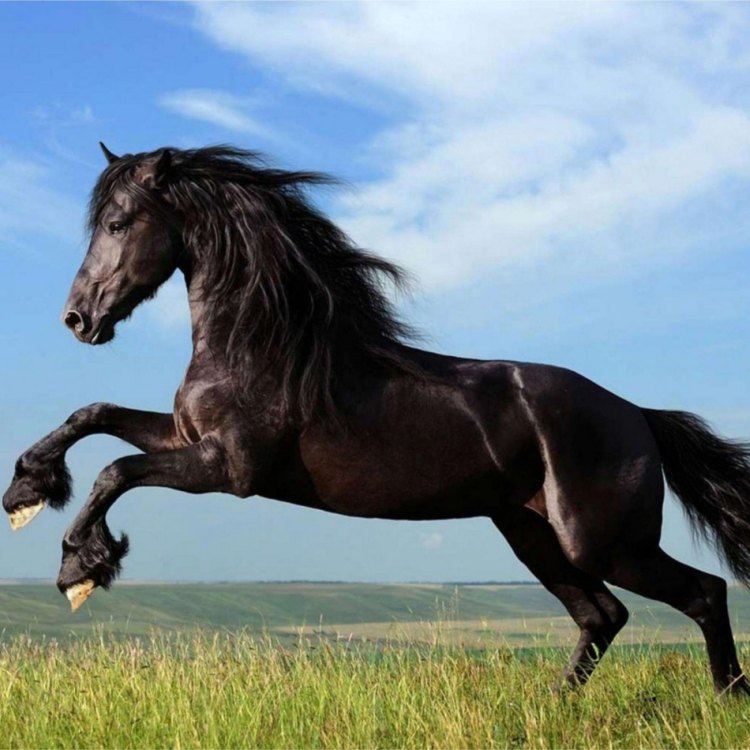
The Graceful and Mighty Horse: A Majestic Creature of Nature
Disclaimer: The content provided is for informational purposes only. We cannot guarantee the accuracy of the information on this page 100%. All information provided here may change without prior notice.

